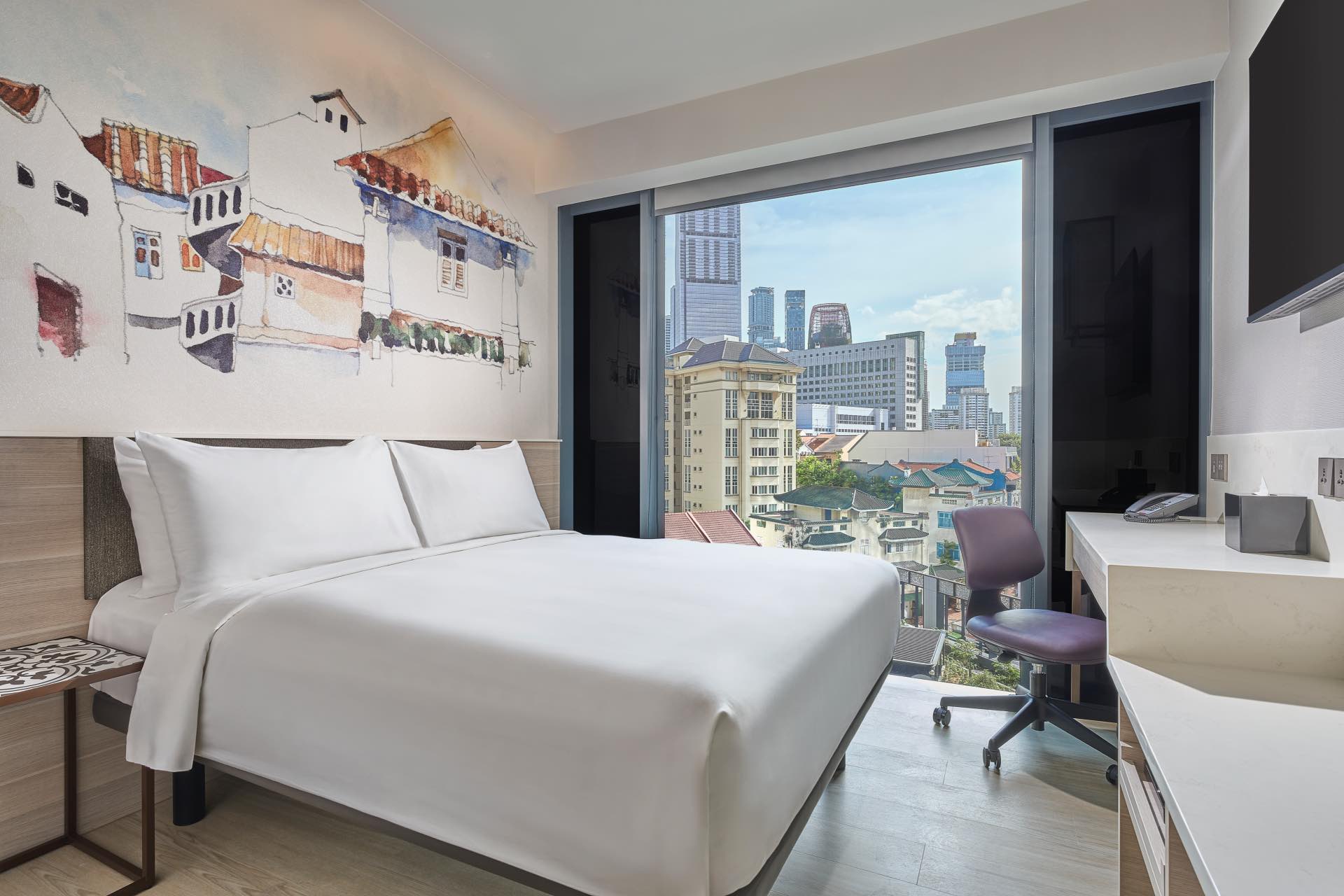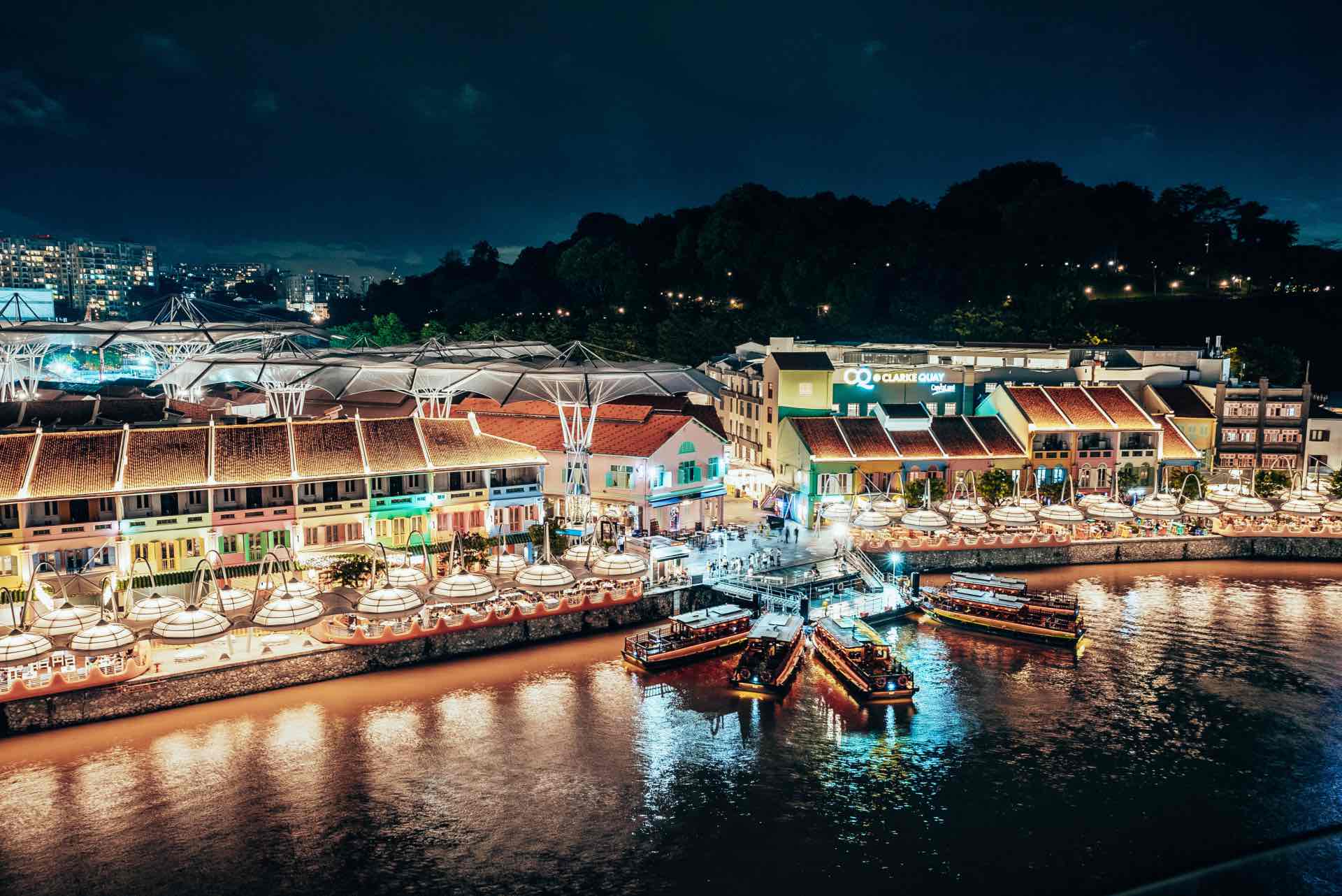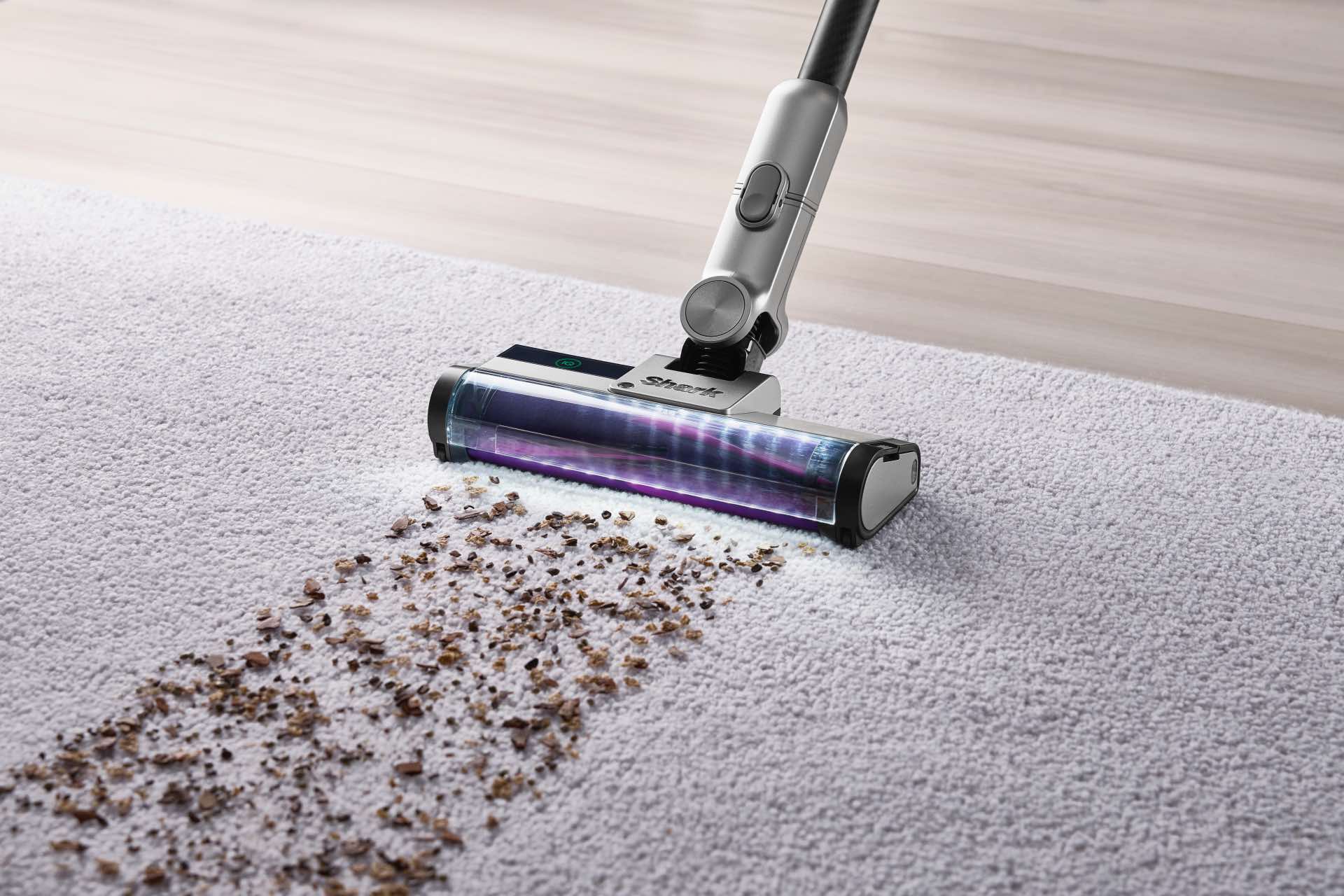#10minswith is a monthly series featuring leaders, creatives and entrepreneurs who dare to chart their own path in Singapore and across the region.
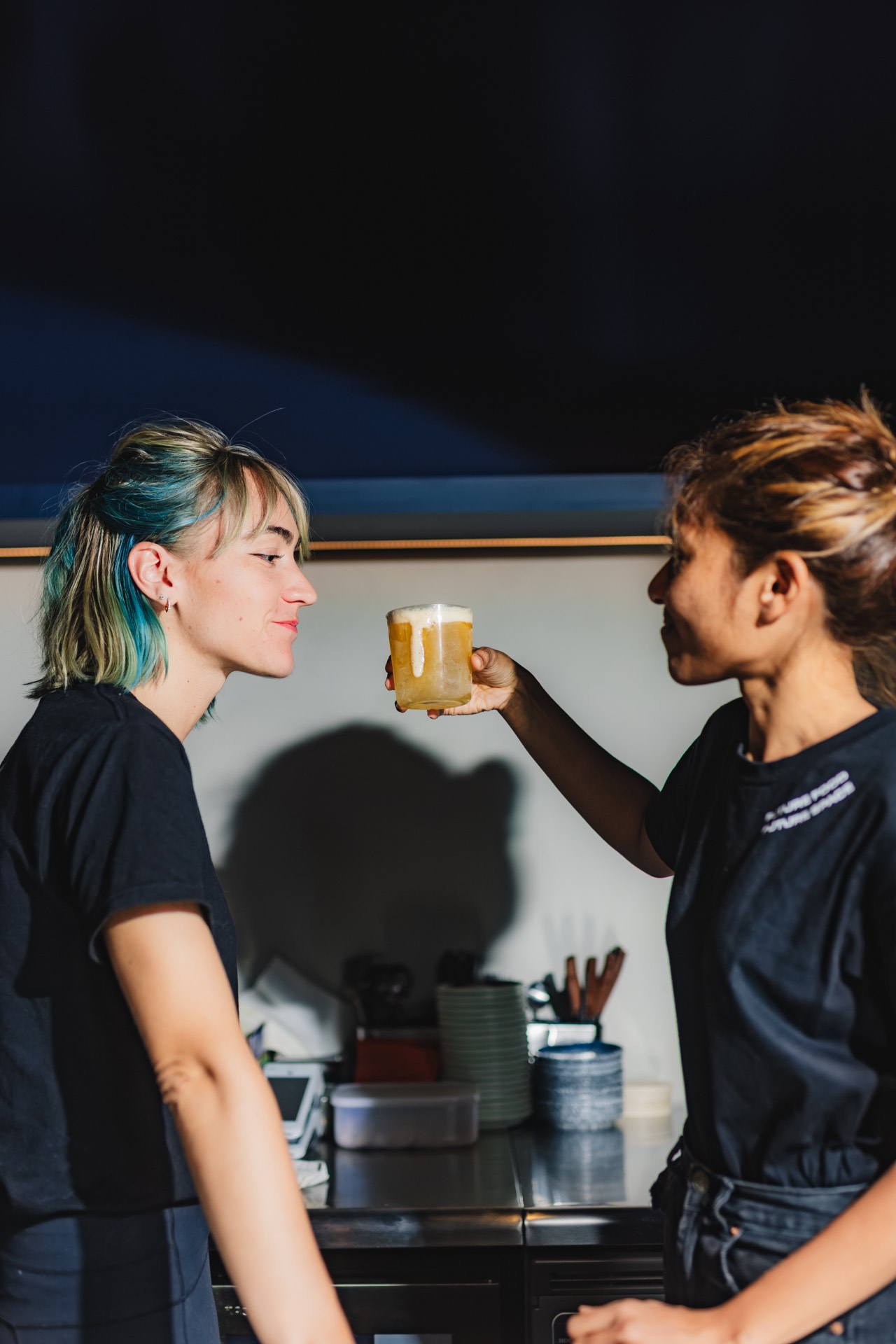
Hot on the heels of (now-defunct) plant-based Mallow comes Fura, another pioneering bar and restaurant concept by the same co-owner and life partner duo, Noma-trained Danish-American forager chef Christina Rasmussen and Singaporean mixologist Sasha Wijidessa (of Operation Dagger fame). SG Magazine speaks to them about their commitment to shaping the future of food through sustainability and creativity.
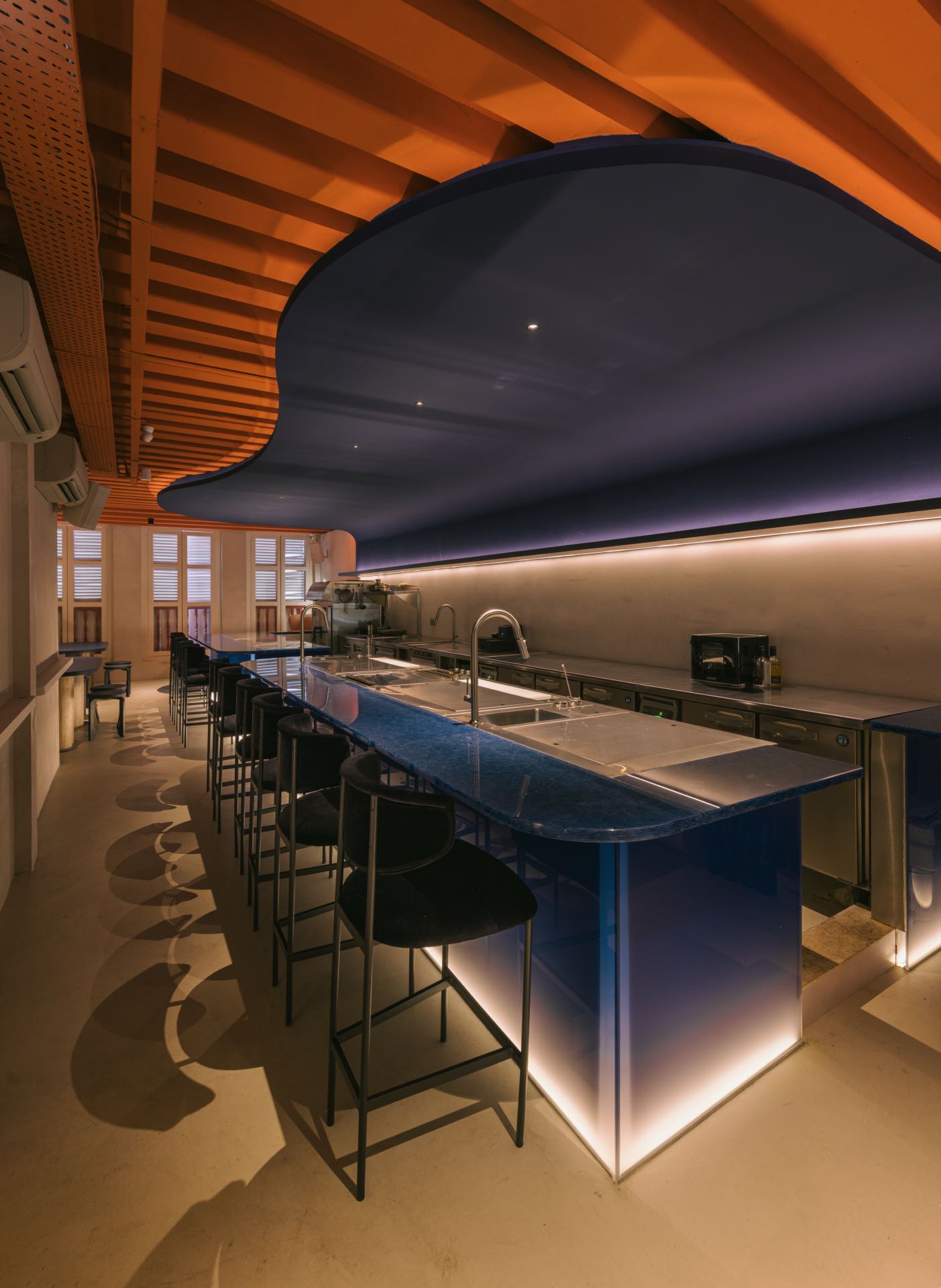
Tell us about yourselves and your passion in sustainability, first with Mallow and now Fura.
Sasha: I’m not sure if it’s smart business sense, but Fura is extremely personal for the both of us, almost an extension of who we are and how we live. As we start thinking about having a family one day, it’s asking that question of what kind of world do we want to bring a child into, and what can we do in our capacity to contribute to that? The concept and fine tuning of Fura came about in 2022, while we were doing the Mallow pop-up through various conversations we had at home and at Mallow with our guests.
Christina: We would have long conversations about what can be done to better our world, and none of the solutions out there really feel like they’re doing enough. It’s daunting. Our goal with Fura is to showcase small ways individuals and businesses can make a difference, without being bound by strict rules. We want to make sustainable dining more approachable by using ingredients that have a low carbon footprint that are either abundant in nature or out of balance in its ecosystem.
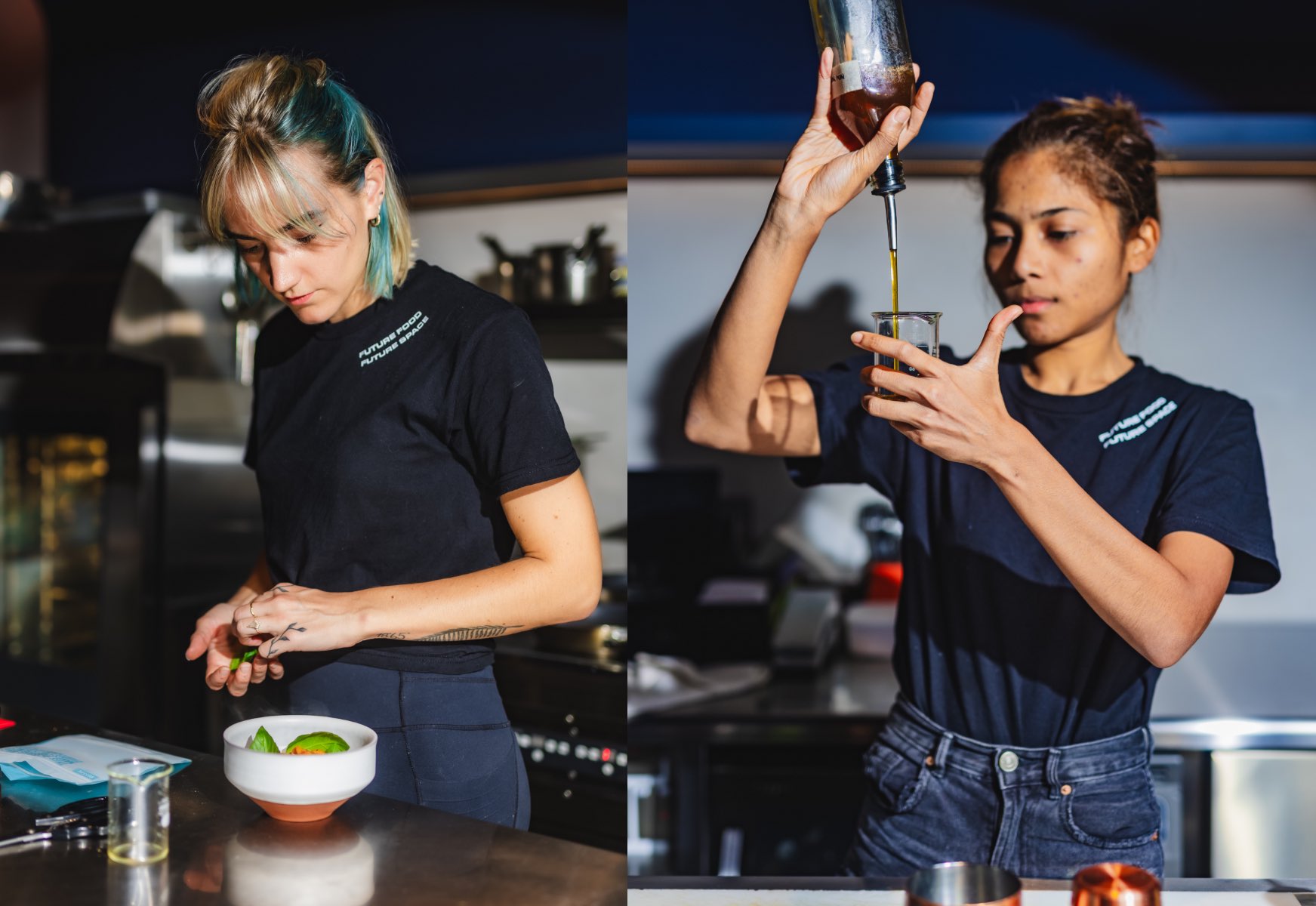
How did you coin the name Fura?
Christina: Fura translates to “pine” in Swedish. My grandmother is Swedish, so it’s a small nod to my heritage. It speaks to the symbiosis of the bionetwork between pine trees and fungi, each needing each other in order to survive. In the same way, Fura believes that we need to collaborate in order to survive.
Tell us your vision about the future of food and how you can shape new eating and drinking habits through conscious choices in everyday decisions.
Christina: With Fura and our menu, Journal of Future Foods, we want to introduce new rituals of eating and drinking that make sense to the current ever-evolving climate. People often think plant-based as being the most sustainable option, which it is, but we recognise that this diet isn’t for everyone. With our menu, we are highlighting ingredients that are in abundance, invasive or prevalent to show other small ways individuals can make a difference with what they consume while creating a healthier relationship to plant-based food.
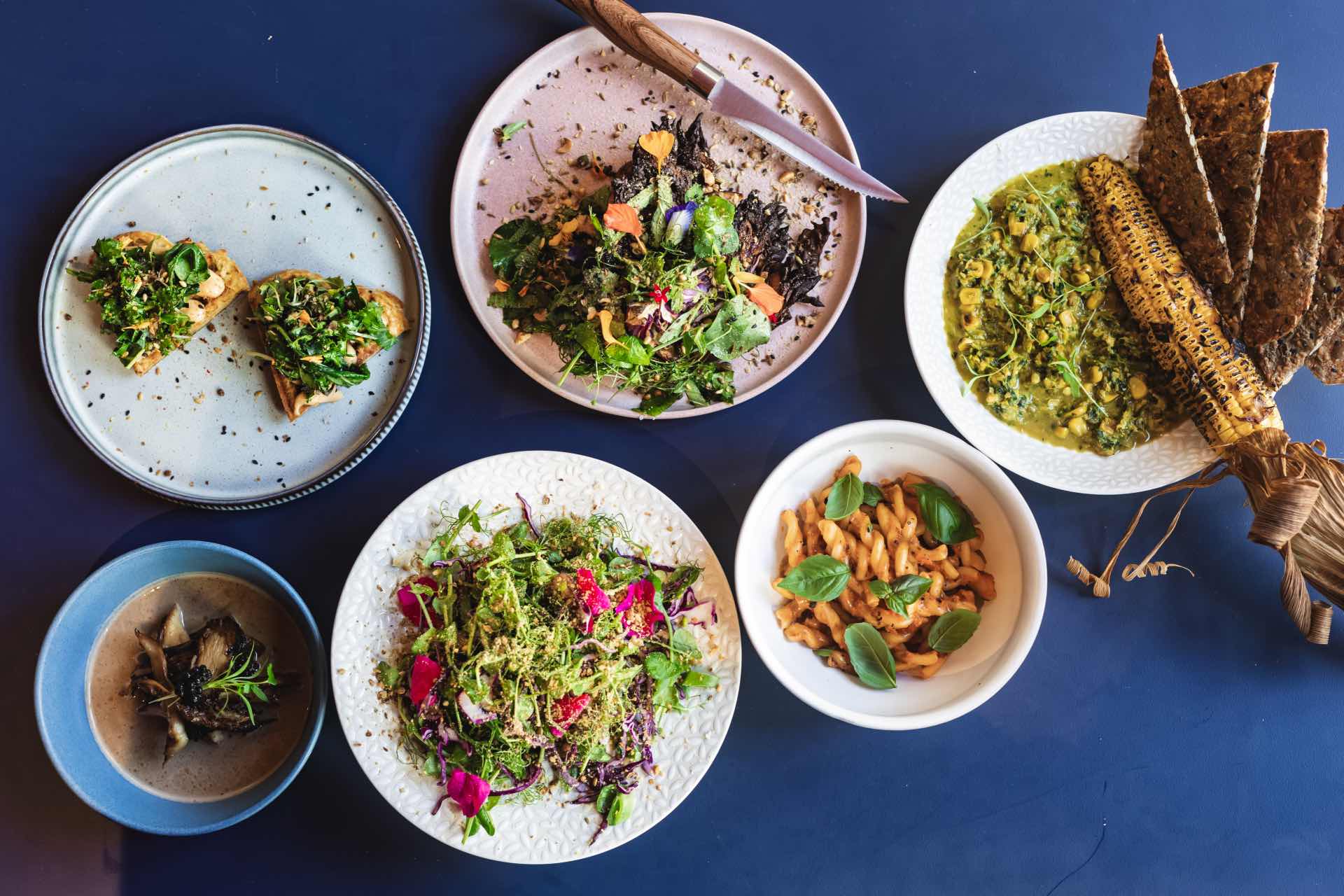
How do you incorporate some low carbon footprint ingredients into your menus?
Sasha: A good example of this is What Would Mirko Do?, which is a dish of handmade pasta tossed in lacto-fermented romesco sauce and yeast garum cream. We want to show how we can manipulate produce from closer to home, rather than flying in from overseas, causing more emissions.
How are diners introduced to planet-friendly ingredients like alternative proteins, cell-cultured milk and Fura’s “coffee”?
Sasha: Fura’s “coffee” is made with roasted burdock root, pu-erh tea, and toasted malt grains to mimic the flavours of coffee. Coffee is unsustainable because it is so water intensive and is often sourced unethically too, so we wanted to come up with an alternative. For the Got Milk? cocktail, we are highlighting cell-cultured milk as a future food ingredient. When we first tried the cell-cultured milk, we felt it was a little too thin so we combined it with kombucha and fermented it.
Christina: Many of our alternative proteins are on hold awaiting approval from the Singapore Food Agency to incorporate insects into our menus. Coming soon is a dish called Pumpkin Layers that contains compressed pumpkin, amaranth shortcrust, butternut vinegar and locust garum (a savoury sauce that’s fermented for six to eight weeks); and Get The Worm cocktail which sees mealworms stir-fried and infused with Empirical’s Ayuuk (an earthy, smoky spirit from the Danish distillery) and balanced with dry curacao and lime.”
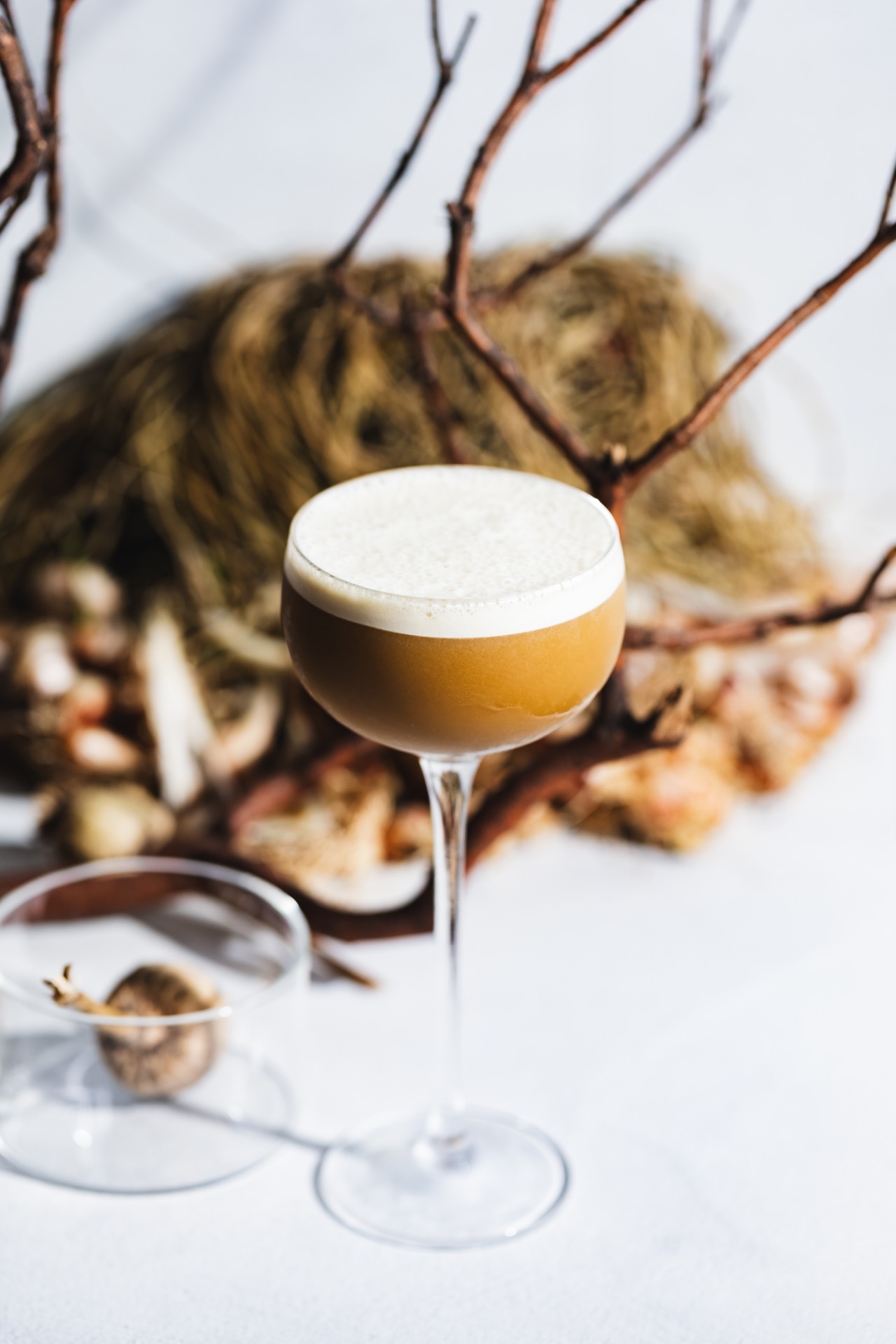
Do you plan on working with other vendors in the future to curb and educate people about food waste?
Sasha: Yes, absolutely. Collaborating with other like minded partners is a big part of our plan for Fura. A good example of this is Ugly Delicious, our menu of fermentations in collaboration with freshveggies.sg, a local shop that sells us their fruit and vegetables that would otherwise go to waste. We then ferment this produce in our lab workspace and turn it into fruit wines, showcasing a creative way to use ingredients instead of letting them go to waste.
Christina: In a different way, we work with a neighbouring oyster bar by collecting their discarded oyster shells and working with one of our artist partners. She crushes the cleaned shells and presses them into moulds to use for our coasters.
What are the other sustainable practices you have lined up for the future?
Christina: What we want to build is our own compost bin instead of bringing it offsite to our friend’s restaurant who breaks it down for us. Additionally, [we hope to achieve] overall reduction in plastic usage too.
Fura is at 74A Amoy Street, Singapore 069893.



